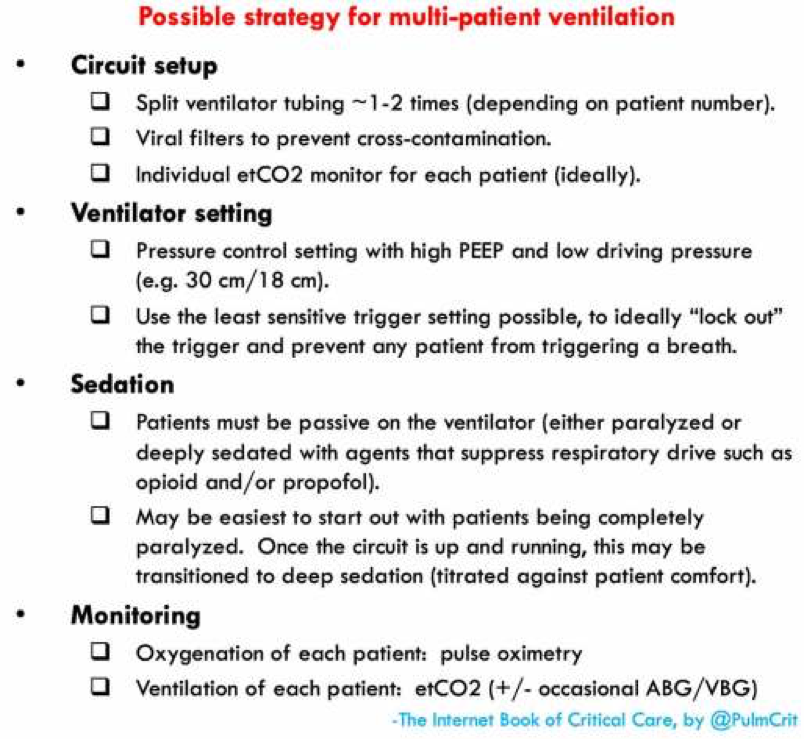Six feet.
I’ve said it. You’ve said it. Fauci has said it. But why are we saying it?
Doesn’t that seem a bit… I don’t know, arbitrary? Random? Other synonyms?
Did you know that the World Health Organization actually recommends one meter?
Can’t germs travel seven feet? Or ten? What about the butterfly effect – if a butterfly sneezes in Taiwan, can’t it infect someone in Madagascar? (Something like that.)
Where did this number come from… (ominous ellipses)
Back in 1942, someone took a “high-speed camera” and photographed respiratory droplets to see if they could travel six feet. They found that most of the droplets fell within 3 feet, which became the party line for social distancing for decades. That’s right – we based social distancing on images from a 1940s camera that photographed spittle drops. 3 feet.
To try and further suss it out, a few bold (?crazy) scientists in the UK opened up the Common Cold Research Unit in 1946. They offered volunteers a 10-day getaway in Salisbury, UK, under one condition… volunteers agreed to be inoculated with the common cold. They suggested in 1947 that the safest distance was 30 feet, though the podcast referenced later here suggests 3ft for large droplets (again). Check out this original publication:
https://journals.sagepub.com/doi/pdf/10.1177/003591574704001104
And a video of their unit from the 50s: https://www.youtube.com/watch?v=SJfBU_MUpI0&feature=emb_logo
In the 1980s through the 2000s, more data (from studies and other outbreaks) came out to suggest not one, but two meters would likely be more effective. So that's where we've stayed...
Fast forward to this year, a systematic review that respiratory droplets often went farther than two meters – like, much farther. Like, 8 meters.
Not only that, but some suggest COVID stays in the air for 16hours! (Though the prevalence and infectivity of these particles is debatable.)
Lots of factors can increase the distance of droplet/particle transmission and it seems that 6 feet may be a bit of an outdated blanket statement. Consider maintaining as much distance as reasonably attainable in your various social situations. Wash your hands, wear a mask, and wear eye protection.
For all you auditory learners, check out this 20min podcast by Radiolab: https://www.wnycstudios.org/podcasts/radiolab/articles/dispatch-4-six-feet
For all you visual learners, below are some fascinating shots of simulated “violent respiratory events” with and without masks, from AIP Physics of Fluids.
(For all you kinesthetic learners, just wear a mask.)
References:
WHO: who.int/emergencies/diseases/novel-coronavirus-2019/advice-for-publi
Visualizing the Effectiveness of Face Masks in Obstructing Respiratoory Jets: https://aip.scitation.org/doi/10.1063/5.0016018
Radiolab: https://www.wnycstudios.org/podcasts/radiolab/articles/dispatch-4-six-feet
Other references embedded in the the above email



